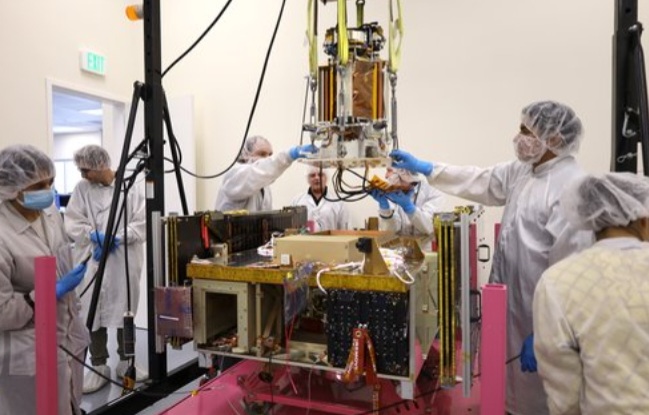Solar space energy, everything is ready for the 1 demonstration orbital central legion

The orbiting photovoltaic took flight thanks to a space mission in “sharing”
Is it possible to build orbiting photovoltaic systems that give the Earth a constant, safe and sustainable source of electricity? Or even meet the entire planetary demand through space solar energy? Until a few decades ago the idea sounded too futuristic, but today a growing number of nations are ready to support and concretize it.
The last big project to get people talking about it was the one promoted by Xidian University in China. Here, three years ahead of schedule, scientists have realized the first complete and functioning system for solar energy capture, microwave transformation and sending over long distances. A successful initiative with only one “small” mole: the structure is still perfectly anchored to the ground and, by admission of the same promoters, it will take time before you can see it in heaven.
Instead, it points directly to the stars the Space Solar Power Demonstrator (SSPD) realized by the Solar Space Energy Project of Caltech, in the United States. The platform took flight, literally, aboard the rocket Falcon 9 in the mission Transporter-6 launched successfully last January 3 from SpaceX. It is a redeshare mission, designed to provide low-cost access to space to smaller payloads in the hands of, in this case, several universities and research institutes.
Space solar energy, what will the SSPD test?
Payloads like Caltech’s 50 kilogram SSPD. The small platform consists of three main experiments, each of which is in charge of testing different key technologies of the project:
DOLCE (Deployable on-Orbit ultralight Composite Experiment): a foldable structure of about 1.8 square meters that demonstrates the basic modular architecture on which to install the photovoltaic panels. At full speed several DOLCE units would constitute a sort of constellation on a kilometric scale forming an orbiting power plant;
ALBA: a collection of 32 different types of solar cells that will allow scientists to evaluate the most effective type for the collection of space solar energy.
MAPLE (Microwave Array for Power-transfer Low-orbit Experiment): a series of light and flexible microwave power transmitters. The devices are equipped with precise timing control that selectively focuses power on two different receivers.
An electronic box that interfaces with the Vigoride computer and controls the three experiments.
The Caltech team plans to begin testing the SSPD within a few weeks of launch. Some elements of the test will be conducted quickly. “We plan to command the opening of DOLCE within a few days after logging into the SSPD […] We should know right away if it works,” says Professor Sergio Pellegrino, co-director of the project.





